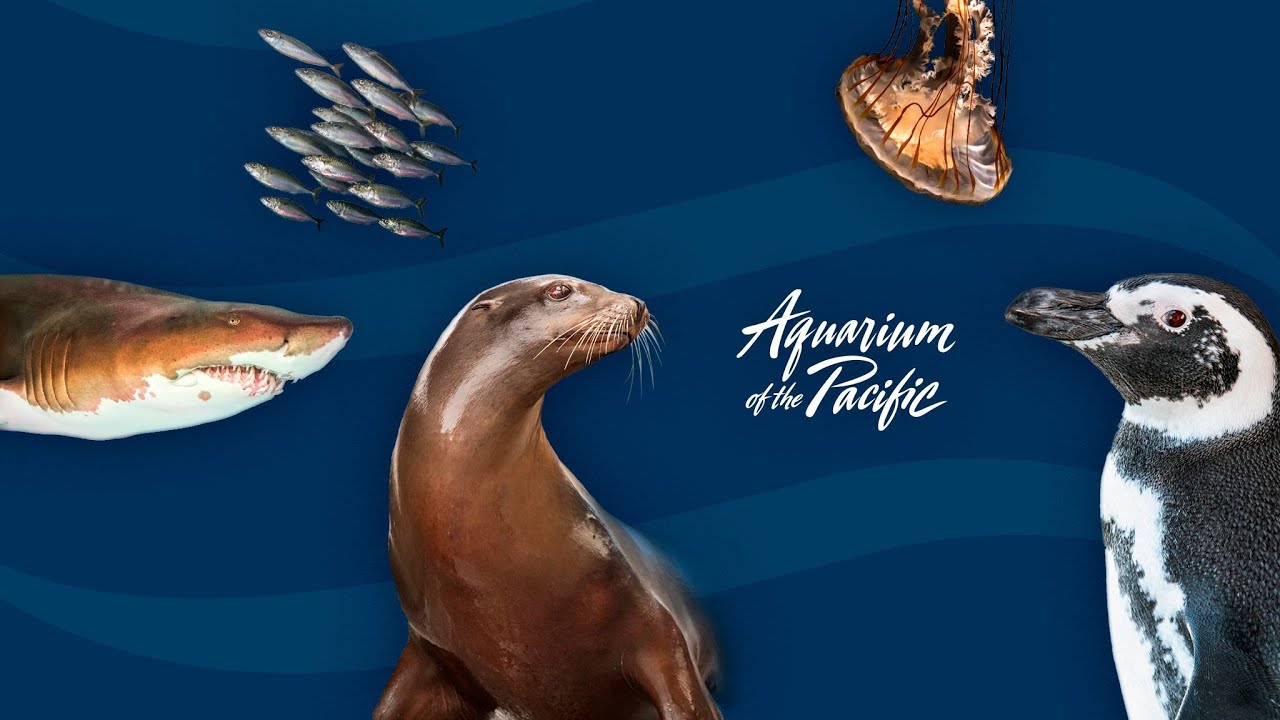- Introduction to Tiburones for Grades 3-5
- Physical Characteristics and Species Variability
- Habitat and Behavior Patterns
- Conservation Status and Efforts
- Educational Insights and Significance
Sharks, or "Tiburones" in Spanish, are fascinating creatures that captivate the curiosity of students and educators alike. For Grade 3-5 students, understanding tiburones not only enriches their knowledge of marine biology but also fosters an early appreciation for wildlife conservation. This article delves into the details that make these sea dwellers an essential subject of study.
Introduction to Tiburones for Grades 3-5
When teaching young students about tiburones, starting with an introduction to what they are and their importance in marine ecosystems is crucial. Tiburones, commonly known as sharks, are a diverse group of fish known for their cartilaginous skeletons and streamlined bodies, enabling them to be efficient predators.
Educators should focus on differentiating sharks from other fish. Unlike bony fish, tiburones possess a skeleton made of cartilage, a lighter and more flexible material. This distinctive characteristic allows them to move quickly and with agility, making them apex predators in their marine habitats. Offering this comparison helps students understand the unique nature of tiburones and sets the stage for more detailed exploration.
Physical Characteristics and Species Variability
Sharks exhibit remarkable diversity in size, shape, and function. About 500 different species exist, ranging from the small dwarf lanternshark, which grows up to 8 inches, to the enormous whale shark, which can reach lengths of up to 40 feet. This section should highlight not only this size variation but also the specialized adaptations that allow different species to thrive in various environments.
Students should learn about the physical attributes like the streamlined shape, sharp teeth, and powerful fins, all of which contribute to a shark’s efficiency as a predator. Their distinct skin, covered with tiny, tooth-like structures called dermal denticles, reduces drag and allows for smoother, faster movement through the water.
Discussing species diversity among tiburones opens the door to exploring specific examples, such as the hammerhead shark with its unique head shape that enhances sensory perception, or the nurse shark that uses its barbels near the mouth to detect prey hidden in the sand. These adaptations underline the evolutionary ingenuity of tiburones and their role in maintaining ecological balance.
Habitat and Behavior Patterns
Sharks inhabit all of the world’s oceans, from shallow coastal regions to the deepest parts of the sea, demonstrating their incredible adaptability. Important habitats include coral reefs, open oceans, and even some freshwater rivers and lakes. Highlighting the variety in these habitats provides insight into how different shark species have evolved specialized behaviors to survive.
Educators need to emphasize the behavioral patterns of sharks, such as their migratory routes, breeding habits, and hunting strategies. Understanding migratory behavior can lead to discussions about the ecological significance of sharks and their role in ocean health. For instance, great white sharks are known for their long-distance migrations, which play a part in the distribution of marine nutrients.
Students can also learn about the social aspects of sharks. Some species are solitary hunters, while others, like the scalloped hammerhead, form schooling groups. These social structures can affect their feeding, breeding, and migratory behaviors, offering a richer understanding of their lives in the ocean.
Conservation Status and Efforts
Despite their fearsome reputation, many shark species face threats from human activities. Overfishing, bycatch, and habitat destruction have led to significant declines in shark populations. This section should focus on the critical conservation status of many tiburones and the ongoing efforts to protect them.
Students need to be aware of the specific threats to sharks, including shark finning, where fins are removed, and the rest of the body is discarded. This practice, driven by the demand for shark fin soup, is particularly devastating. Additionally, pollution and climate change are altering ocean habitats, further putting sharks at risk.
Highlighting international and national conservation measures will inform students about what is being done to protect sharks. Programs like the Convention on International Trade in Endangered Species (CITES) and various marine protected areas aim to regulate shark fishing and preserve critical habitats. Educators can also introduce students to local conservation initiatives and ways they can contribute to shark conservation, even from a young age.
Educational Insights and Significance
Integrating tiburones into the curriculum for Grades 3-5 offers multifaceted educational benefits. It nurtures interest in marine biology and ecology, promoting critical thinking about environmental issues and conservation. By examining the physical and behavioral traits of sharks, students can develop a strong foundation in zoological principles, such as adaptation, prey-predator relationships, and ecosystem dynamics.
Practical activities, like drawing different shark species, creating models, or even engaging in virtual shark tracking programs, can enhance this learning experience. These hands-on projects make the learning process engaging and interactive, fostering a deeper understanding and appreciation of sharks.
Teachers can also use tiburones as a springboard for broader discussions about marine conservation and the impact of human activities on the ocean. These conversations can inspire students to become stewards of the environment, understanding that protecting even the most fearsome predators is crucial for the health of our planet.
In essence, teaching about tiburones goes beyond simple biological education. It instills a sense of wonder and responsibility in young minds, preparing the next generation to value and protect the rich diversity of the natural world.
*****
Source Description
Exploramos diferentes tiburones en el acuario y en los mares alrededor del mundo. Descubrimos porque son animales especiales e importantes.


